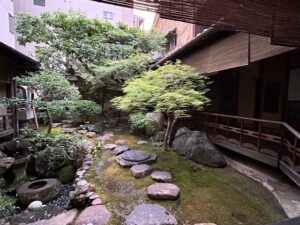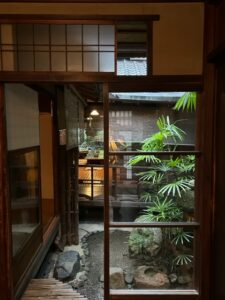Blog&News
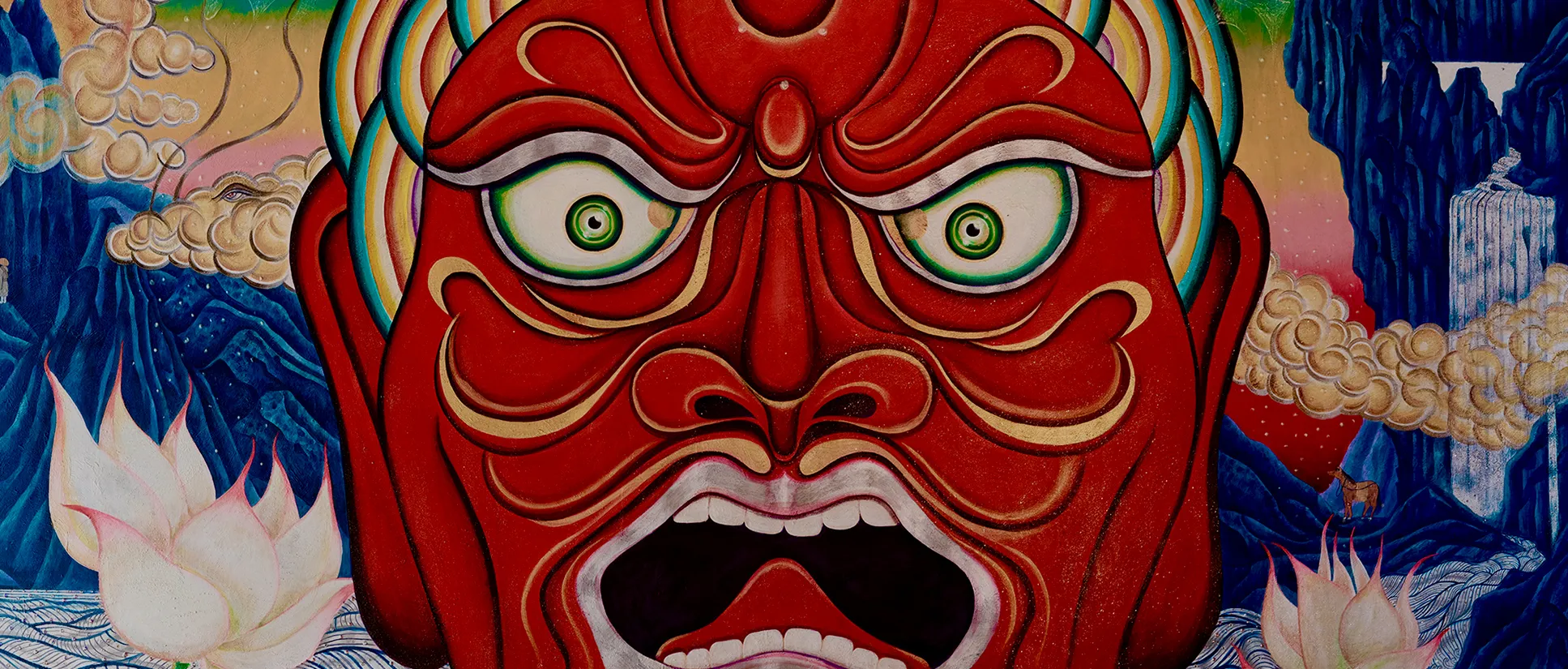
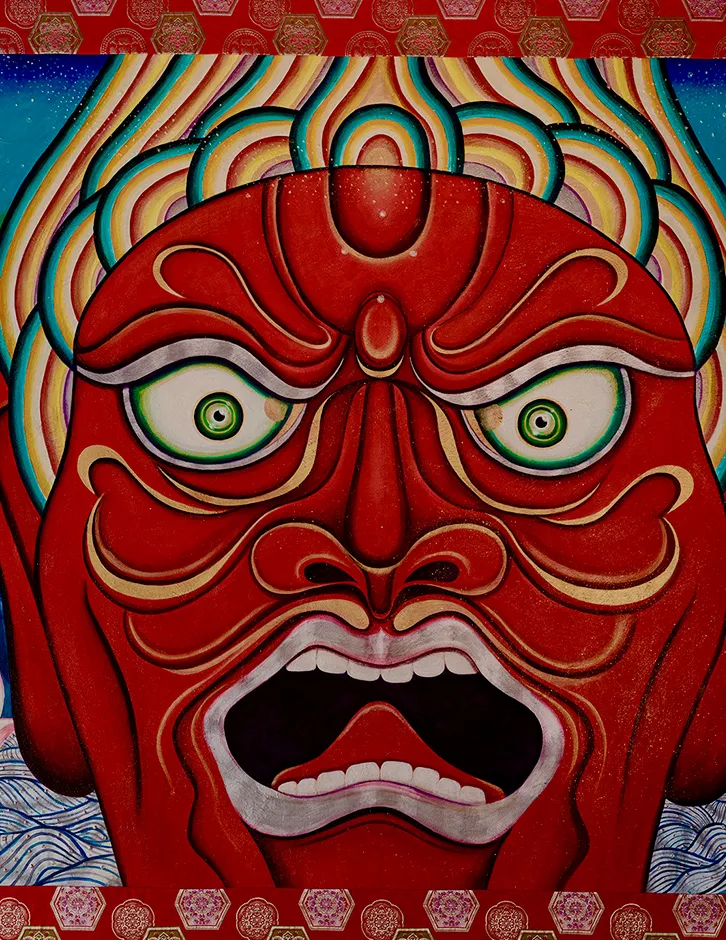
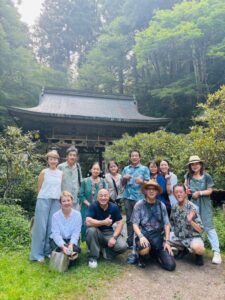
On the occasion of the” Cosmic Dragon Dedication Ceremony” on August 6th, the chief priest of Okinogu Shrine, which oversees the eight Ryukyu Shrines on Okinawa Prefecture, Kamichi chief priest and other key executives’ figures, visited our studio on the previous day, August 5th, and we took them to Shimyo-in that day.
In addition, Saarahat, who has the soul of an alien that came to earth 130 million years ago, and her group also joined us today, exemplifying the serendipitous and powerful nature of this tour so far.
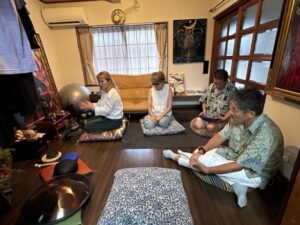
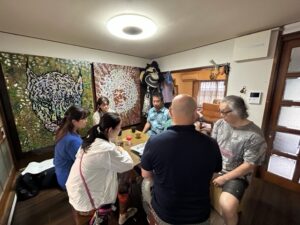
Saaharat has memories of before she was born, including the workings of the metaphysical realm and the laws of energy, and she’s well known for her many publications and YouTube videos.
Saarahat and Shiozawa share the common belief that “the purpose of being born in to this world is to make the most of ourselves and fight sincerely to achieve what we want to do.”
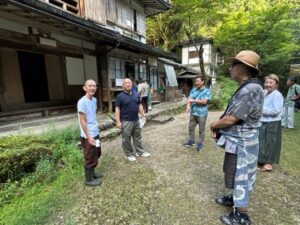
The chief priest of Okinogu Shrine, Kamichi, has a genuinely cheerful personality and is a master of Karate, so at first glance he may seem like an athlete, but he is also well-versed in traditional Japanese culture and has the dignity of a Shinto priest, and a mission to pass on Shinto to future generations.
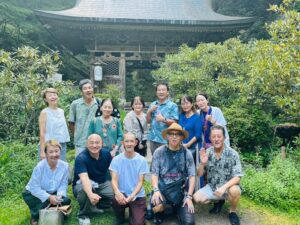
Shimyo-in Temple was founded in the 6th century when En no Gyoja discovered that the first drop of the Kamo River was inside a huge rock at the top of a mountain, so he dug a cave in the rock down to the point where the water dripped, and enshrined the water god in the cave. The traces of the chisel used to carve the rock are still remnant, and a reminder of the strength of that time.
When you hear the sacred sound of the first drops of the Kamo River, you feel like you are in tune with the feelings of worship people had in ancient times, and your heart is pure and clear. When everyone who came today came down form the mountain and passed through the mountain gate, they all had bright, beautiful smiles on their faces.
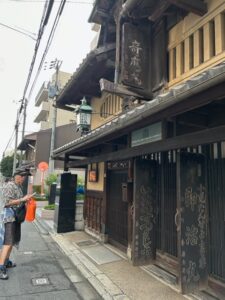
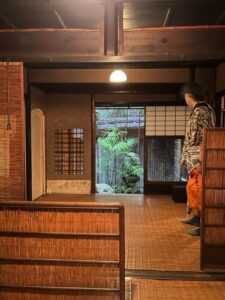
For dinner, we all enjoyed Kyoto cuisine in the home of a descendant of the historical Hata clan, a tangible cultural property built during the Edo period.
The signboard from when the drug store was open remains, and the house interior has been left exactly as it was at the time, giving a wonderful sense of traditional Japanese culture.
